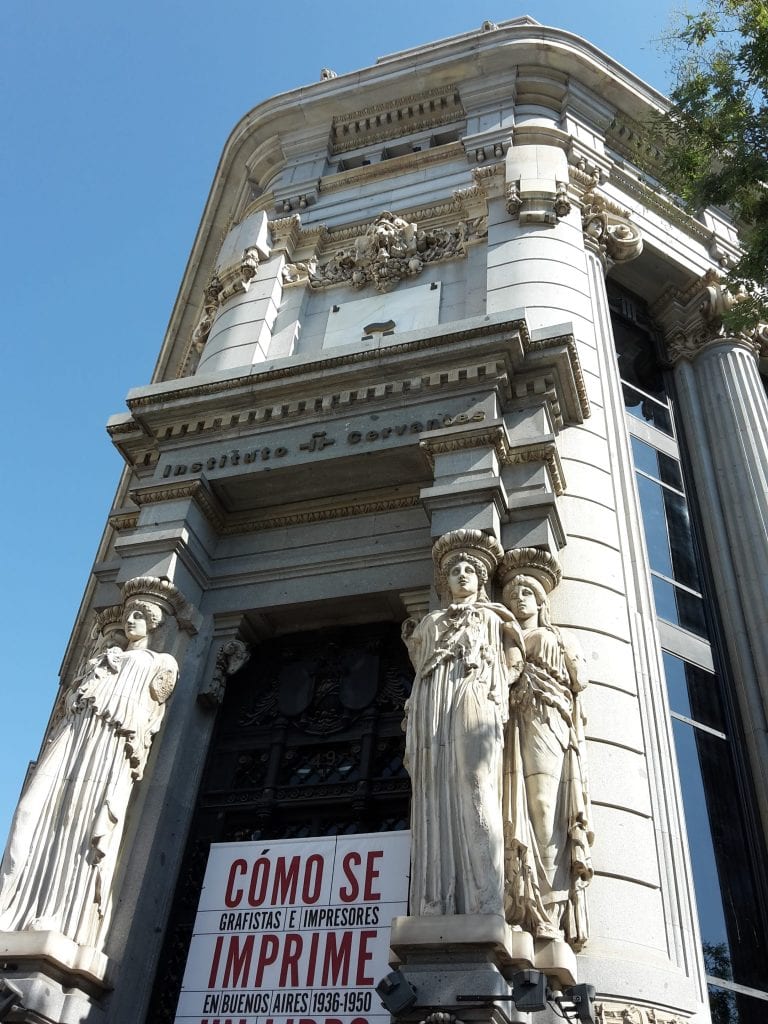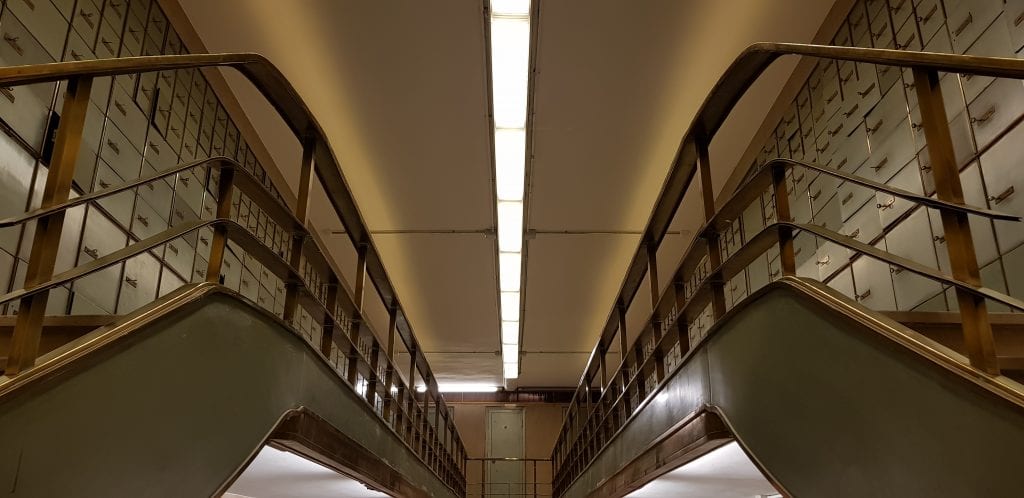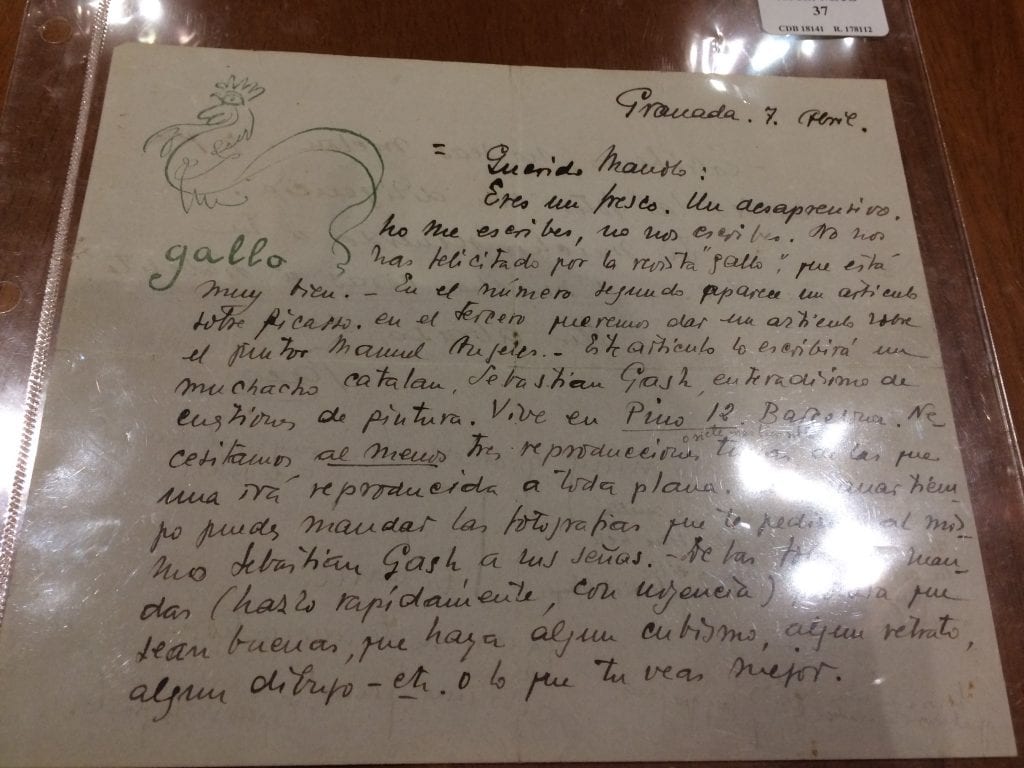In September, I visited Madrid as part of an Erasmus+ project called “Erasmus Staff Mobility Week for Librarians”. Our host was UNED, Universidad Nacional de Educación a Distancia (Distance Learning National University), born in 1972 with in mind the very British Open University. Today, UNED is the biggest university in Spain, with over 60 associated centres throughout the country.
The Library Staff at UNED have been fantastic and they organised a week full of workshops, trainings and visit to other libraries.
As with other European projects I took part in, I not only learned more about the country I visited, but about each of the countries my colleagues were coming from. There were twenty-one of us coming from 14 different countries: we shared homemade meals and insights on our libraries and students, we talked about politics and literature, and I came back home even more convinced that Britain can only lose from leaving the EU.
The programme had been interesting and we were able to visit places that are normally not accessible to the public. The Cervantes Institute and the Reina Sofia Museum Library have been my favourite ones.
Caja de las Letras in the Cervantes Institute
The Cervantes Institute promotes the learning and teaching of Spanish language worldwide – they have centres (and libraries!) in all the five continents.
Its headquarters is in Madrid, in a building known as “Caryatid Building”. I don’t know where the nickname comes from, but it used to be the Central Bank. It is an imposing building overlooking the Gran Via, the most famous street of the capital.

Underground, behind a vault, there’s a small room, known today as “Caja de las Letras”, that we can roughly translate as “Box of Letters”.

The vault, as you can see in the above picture, is huge and it made us all feel like we were in a Mission Impossible movie. In the room there are a lot of safes, which once were filled with money, jewellery and treasures. When they revamped the building, and the Central Bank was moved, they decided to keep the room as it was, but to fill the safes with different kinds of treasures: great exponents of the Spanish culture can deposit a legacy, a literary or scientific token, reason why the place is now called “Caja de Las Letras”.
The safe can only be open on the date decided by the person who booked it. As you can see in the pictures below, the date is inscribed on the front. Each safe has 2 keyholes: one key is given to the family of the owner, the other key is kept by the Cervantes Institute. The safe can only be open using the two keys simultaneously. Some can be opened in the near future, some only as far away in time as AD 2116, making each safe a real time capsule.


We felt very honoured when visiting this place, and we all thought about what kind of things we would put in our own time capsule.
Museo Nacional Centro de Arte Reina Sofía Library and Archives
The Reina Sofia Museum is the Spanish national museum dedicated to 20th Century art.
The Library is a work of art on itself, and a controversial one for that. It is made with wood coming from the Amazon forest, some people claiming it was chopped down illegally. I don’t know where the truth lies, but the library is a very elegant place with walls of an intense brown and natural light coming in from huge windows.


We were shown around by a modern art expert, someone who was as excited as we were to dig into the library’s archives, as she found a few treasures she didn’t know the museum held.
Between the many things she showed us, these two were my favourites.

This is a letter written by Garcia Lorca to one of his friends, Manolo, in 1928. Garcia Lorca had just created a magazine, called “Gallo” (Rooster), and he wanted his famous artist friends to contribute to it. In this letter, Garcia is upset with Manolo because, with his own words, “you don’t write me, you don’t congratulate us for our new magazine – which is so good!”. Garcia also invites his friend, who’s a photographer, to cooperate and he’s asking him to do a photoshoot on a specific subject. Already other artists, like Picasso, had been featured and contributed to the magazine.
The whole Erasmus group was very excited about this ephemera: not only it was written by Garcia Lorca and it mentioned Picasso, but the rooster in the corner had been drawn by Salvador Dalí!

The other item that I really loved is a “book-object”. It’s the graphic representation of a poem written by Paul Éluard, “Liberte” (Liberty), during the Nazi occupation of France in 1942. According to Wikipedia, the poem was published without censorship, but the story we were told by the art expert in the museum is much more thrilling: Paul Éluard gave this poem to his wife, who hid it in a chocolate box, secretly printed 1000 times and then let it fly all over Paris.
Paul Éluard died in 1952, and a few months later Fernand Léger, another French artist, was asked to create a homage, which is the piece in the photo. It represents Paul himself, painted in a pop-art style, along with lines from his poem.
[…]
Sur la jungle et le désert
Sur les nids sur les genêts
Sur l’écho de mon enfance
J’écris ton nom
[…]
Et par le pouvoir d’un mot
Je recommence ma vie
Je suis né pour te connaître
Pour te nommer
Liberté.
Caryatids are pillars that are sculptures of women – these ones look like they might be copies of the ones on the Erechtheion on the Acropylis in Athens.
Thanks James, I didn’t know this!
🙂
What would you put in your vault?
Probably family photo albums. I love to look at the ones in my grandmother’s house, to see the resemblance I have with some people in the photos and how different were places at the beginning of the XX century. You? Did you think about something?
I’m not an exponent of Spanish culture though (yet)!
I’m certainly not an exponent of Spanish culture either – though I rather like the film Timecrimes – yeah, I think photo allbums, favourite music albums, food packaging and other things that represent life now, I guess, would be good to put in.